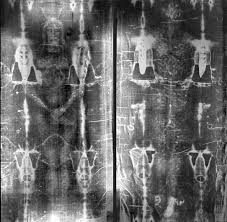
Wikipedia says the Turin Shroud is a length of linen cloth bearing the image of a man who appears to have suffered physical trauma in a manner consistent with crucifixion. There is no consensus yet on how the image was created.
Devotees believe the shroud to be the burial cloth of Jesus Christ. However, sceptics point to carbon dating that suggests it is a medieval forgery from the 1300s. And so, the eternal debate goes on.
Scientists have not agreed on how the image of a man was imprinted on the cloth.
The Church has not officially claimed that Christ's body was wrapped in the shroud, preferring instead to focus on what it means to those who see it.
Archbishop of Turin Cesare Nosiglia said: "What counts the most is that this shroud... reflects in a clear and precise manner how the gospels describe the passion and death of Jesus. It is not a profession of faith because it is not an object of faith, nor of devotion, but it can help faith."
Archbishop Nosiglia said that many of those coming to see the shroud would be returnees.
"That means there is a fundamental need in people's hearts to renew this incredible experience that they had the first time they saw it," he said. "Even non-believers will come. It's an occasion that brings everybody together."
The shroud will be displayed in a climate-controlled case for 12 hours a day in Turin's Cathedral of St John the Baptist. Source: BBC.
Nobody has found any significant evidence of the Shroud’s existence before 1355, when it appeared in a chapel at Lirey, in the diocese of Troyes, supposedly advertised there as the burial shroud of Christ. Housed in that city’s cathedral since 1578, is famous for its two images of a mutilated man, apparently naked, one of his front, with the arms crossed over the genital area, the other of his back. The wounds resemble those of a crucifixion, with an additional wound in the side similar to the one inflicted on Jesus when he was on the cross (John 19:34). The linen is woven in a three-to-one herringbone twill, one of the many variations that weavers in wool, linen and silk were capable of from ancient times. The folded Shroud was heavily damaged in a fire of 1532 and the burn marks remain prominent. Source of a fascinating article: History Today.
"We believe it is possible that neutron emissions by earthquakes could have induced the image formation on the Shroud's linen fibres, through thermal neutron capture on nitrogen nuclei, and could also have caused a wrong radiocarbon dating," said Professor Alberto Carpinteri, from the Politecnico di Torino. Carpinteri’s team have hypothesized that high-frequency pressure waves generated in the Earth’s crust during earthquakes are the source of such neutron emissions.
Believe what you will, the Shroud of Turin continues to create interest in the death of one man who changed many people's belief in an afterlife. As the Archbishop said, it doesn't matter if the shroud actually wrapped Christ's body—the wrap points to the meaning of their faith.
I've visited Jerusulem, walked along The Way, and visited the Church of the Holy Sepulcre. Although my husband had reservations about both the historical event and the Christian religion, the awe and magnitude in the air we breathed swept him away.
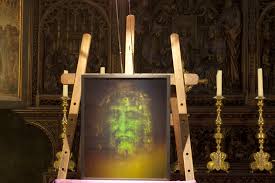
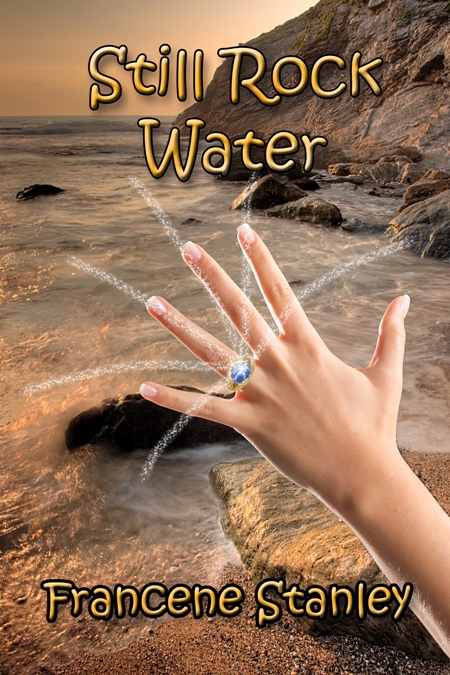
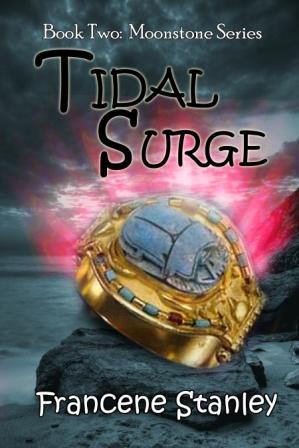
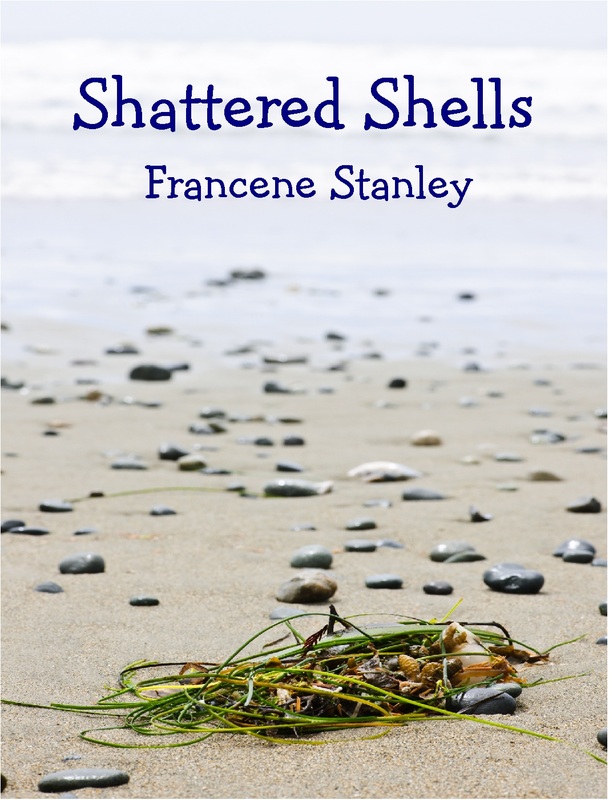

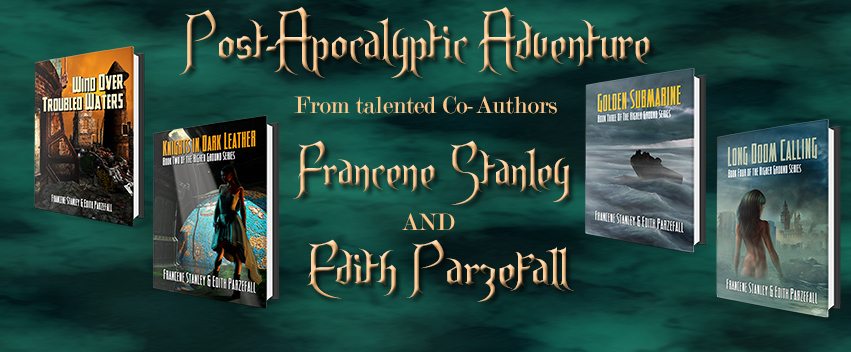
 RSS Feed
RSS Feed
